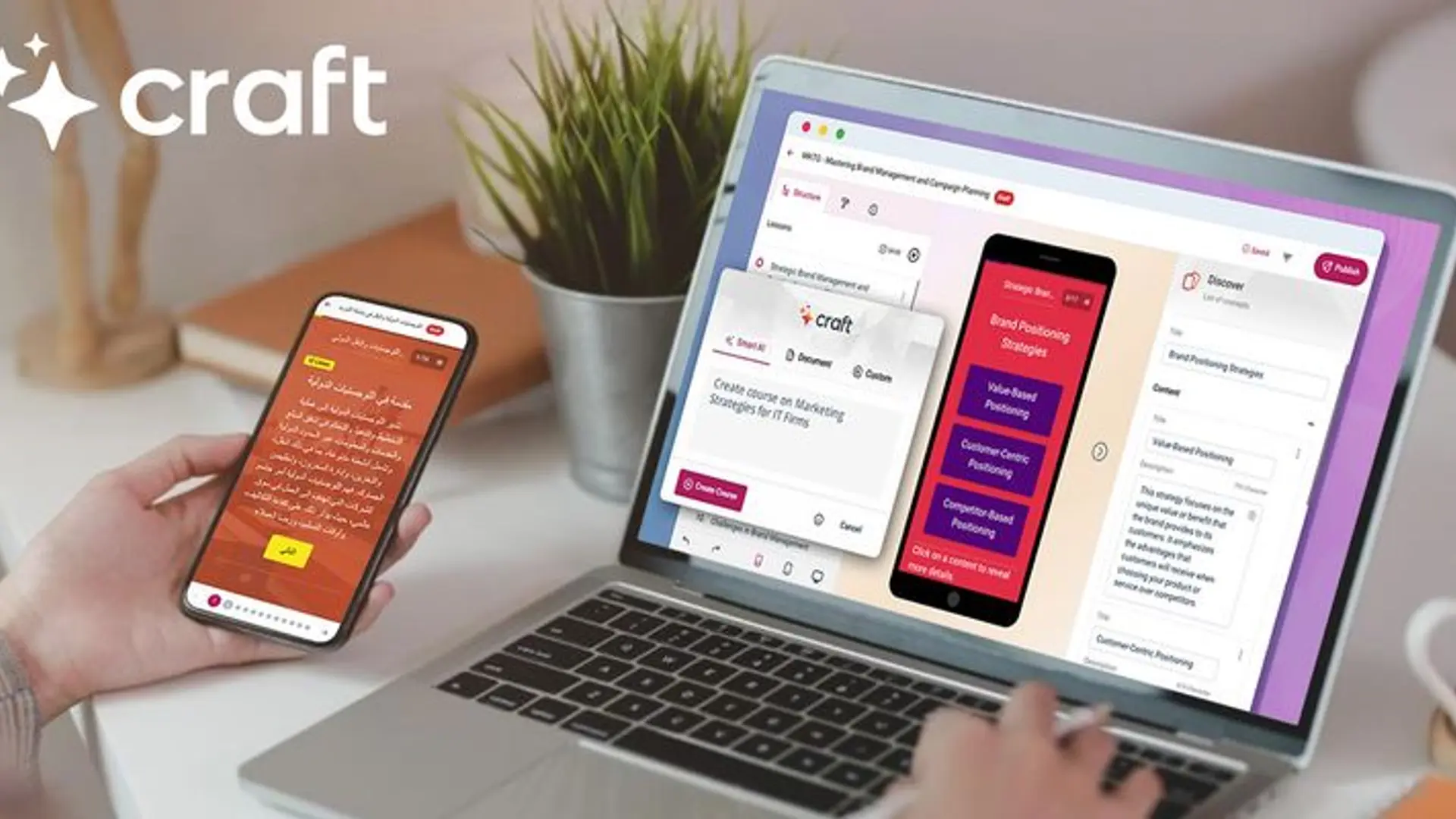
Back in 2009, Rovio was a small mobile games development company based out of Finland which was close to bankruptcy. Mikael and Niklas Hed, the cousins who run the company, had a huge task at hand – to create the perfect game and save the company from crisis. Rovio was founded in 2003 and since then had developed 51 titles of which some had been sold for millions to third parties, so they decided to create their own intellectual property. The problem Rovio faced was that they had to make numerous versions of the same game to support different handsets so their development time and overheads increased over time.But, the Heds had realized that the smartphone was the next mass medium and were motivated enough to give the company one final shot in the arm. Rovio needed a solution and the iPhone’s launch in 2007 provided one enabling them to reach out to a global audience through the App Store. All they had to do was develop just one version of the game. They had learnt a lot from their hits and misses over the years and it was time to put everything to use and create the ‘perfect’ mobile game.
One night, Jaakko Iisalo, a developer with Rovio since 2006, got an idea and started sketching fat round birds with yellow beaks, thick eyebrows and crazy expressions on their face. The company’s Directors had already turned down multiple ideas from Jaakko and other developers, but there was something about the birds that all of them found irresistible. Eight months and numerous changes later, the defining moment for Niklas Hed was watching his mother burn a Christmas turkey, distracted by playing the game. "She doesn't play any games. I realised: this is it."
Initially the game was very different from how we know it today; each coloured bird matched a coloured block; touching any block would make the corresponding bird fly and destroy it. The special abilities of the birds and pigs were a later addition; they started out as blobs of mass and became snickering green pigs when swine flu hit the news. Rovio knew it was important that the game could be played in short bursts – occupying a person in his free time like waiting in a queue or travelling in a bus. This led to the introduction of the catapult, now a key feature of the game. It made the game more intuitive, as both non-gamers and enthusiasts were able to easily figure out what to do.
Angry birds launched on the App Store in December 2009 and failed to make a mark in the English speaking market for at least 3 months. The strategy was not to go out all guns blazing but to slowly get into the English speaking market by capturing smaller countries. To become number one in the Finnish App Store it took only a few hundred downloads and the same followed in Sweden, Denmark, Greece and the Czech Republic. According to Matt Wilson, Head of Marketing, the game had 30,000-40,000 purchases in smaller countries before it even started getting traction in the US and UK. In February 2011, Angry Birds featured as game of the week on the UK App Store and Rovio launched a Youtube trailer, only the second ever for an iPhone game. With the launch of 42 new levels and a free version of the game, in April 2011, Angry birds hit the number one spot in the US.
According to Rovio, the Angry Birds series has crossed 1 billion cumulative downloads. Also, the series has 200,000 hours of combined game play, 400 billion bird launches, 44 billion stars collected and gets 300 million minutes of game play per day.
It is fascinating how one game could alter the future of a company. Have you developed any interesting games that you would like to tell us about? Write to us at [email protected]. We would love to review your game and write about it.






